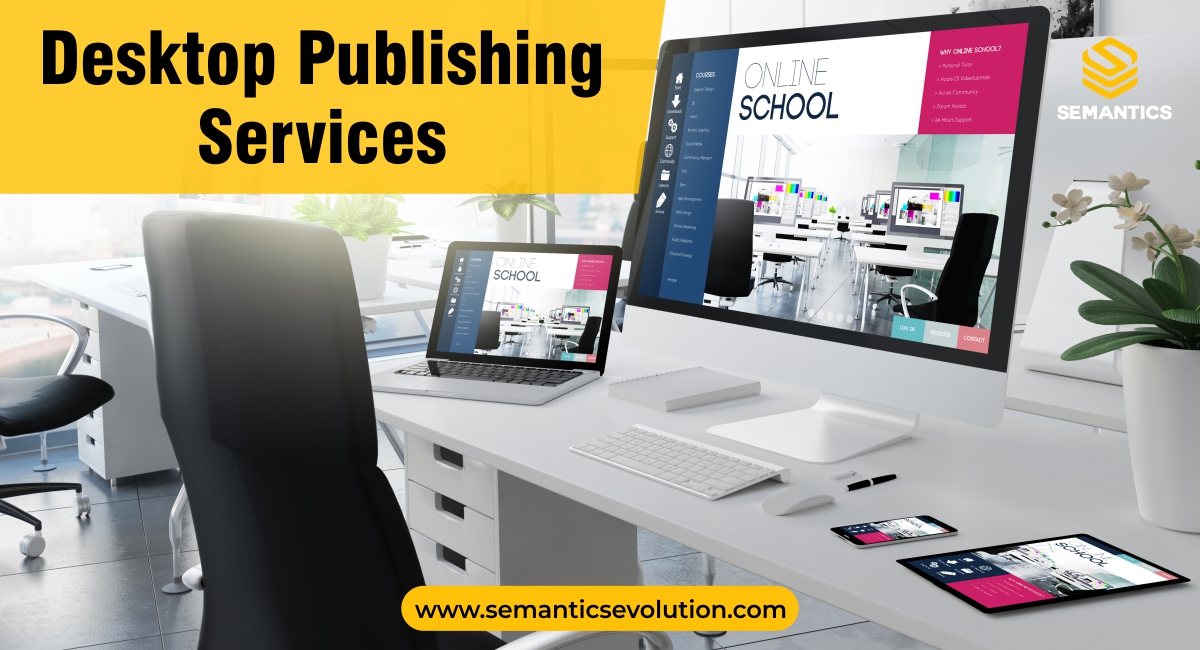In this interconnected world, businesses are continuously looking for ways to expand into global markets. This can be a game-changer for them in terms of growth, whether they are a large organization or a startup. However, language barriers are a big obstacle to its expansion. A language translation agency might offer a solution in this situation. In this blog post, we will explore whether hiring a language translation service can help you expand internationally.
Breaking Language Barriers
Language barriers are one of the most evident obstacles to global expansion. So by offering accurate and culturally appropriate translations of your content, including marketing materials, websites, legal papers, and product information, a language translation service can close these gaps.
Guarantee of Accuracy and Quality
From misunderstandings to even huge legal problems, mistranslations can have major consequences, because language is complex. To guarantee that your information is translated correctly, a trustworthy language translation agency works with qualified linguists and adheres to stringent quality control procedures. They ensure that your message is conveyed clearly by taking context, colloquial terms, and cultural considerations into account.
Adapting to Cultural Sensitivities
Increasing your business requires navigating several cultural environments. In one culture, something could be successful and acceptable, but not necessarily so in another. A language translation company guarantees that your information is culturally suitable in addition to translating it. Building trust and connection with your target audience and preventing cultural misconceptions need this cultural adaptability.
Time and Resource Efficiency
It might take a lot of time and resources to recruit and train in-house translators. A pool of professional translators with industry and linguistic expertise is available through language translation services. This entails that you may make use of their knowledge without having to deal with the headache of hiring, managing, and training new personnel.
Scalability and Flexibility
The requirements of global expansion could change with time. So agencies that provide language translations can scale and adapt to your changing demands. They can swiftly adjust to your needs without requiring a lot of time, whether you have an unexpected increase in translation needs or need to grow into additional languages.
Focus on Core Competencies
Your team can concentrate on its core skills when you outsource translation. You may put more effort and resources into strategy, marketing, product development, and customer interaction instead of devoting them to translation chores.
Last words
To ensure that your message reaches your target audience accurately and authentically, language translation agencies are essential. They aid in overcoming language hurdles, uphold accuracy and quality, accommodate cultural sensitivities, and offer scalability and flexibility. In the end, they free up your resources and let your team concentrate on your strengths.
Is a language translation agency the answer to your international growth, then? Typically, the response is a loud yes. Businesses can confidently manage the complexity of foreign marketplaces, interact with a variety of consumers, and open up new development prospects by utilizing their experience.














